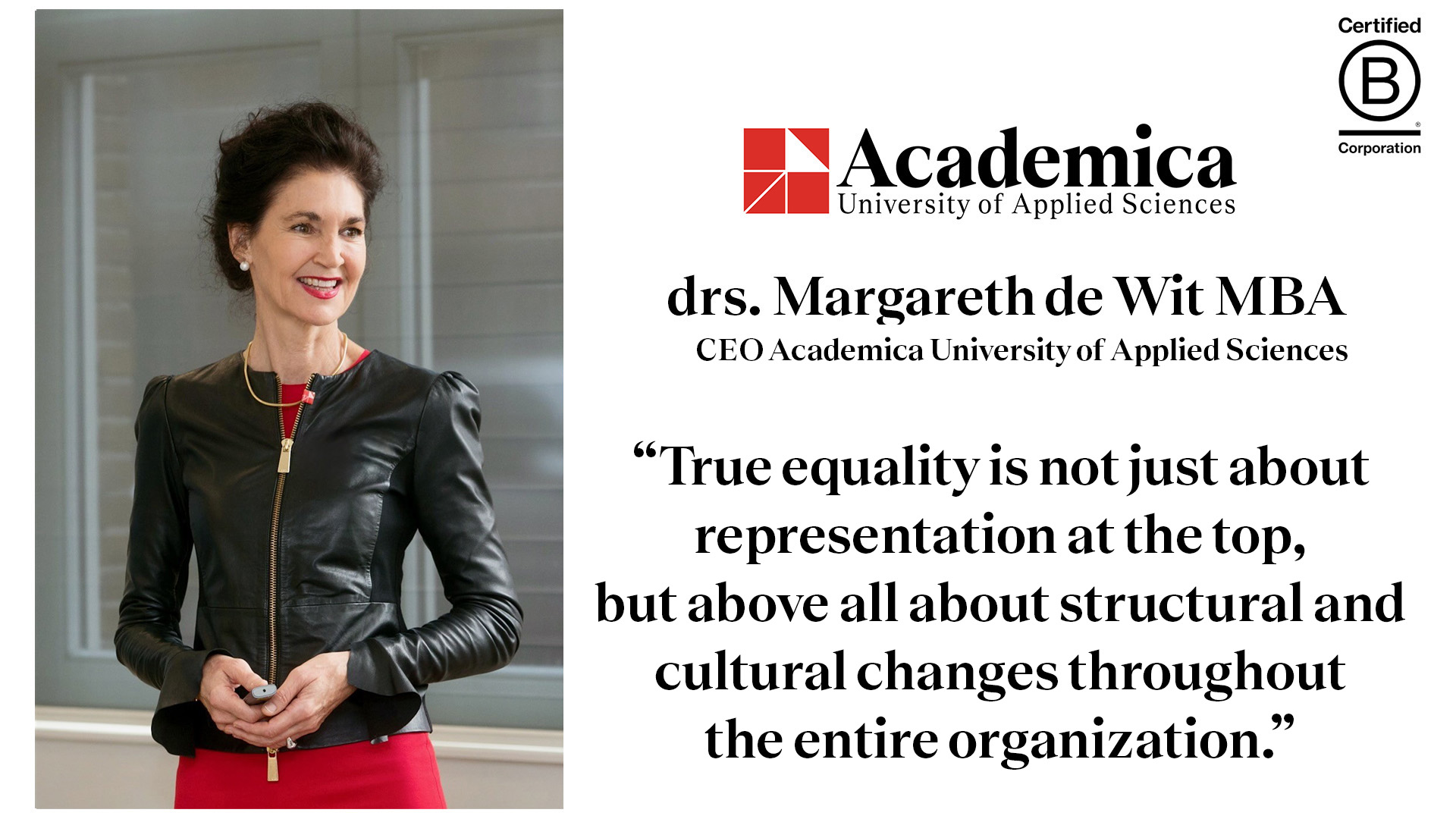In this age of automation, we’re told that creativity is the single most important skill we can pass on to our students. However, arguments about whether – and how – we can teach children to be more creative have raged for decades. Here, researchers Stellan Ohlsson and Pim Pollen argue that we have been looking at the issue the wrong way. They offer a new way of viewing creativity that they believe may mean it can be more easily taught.
“Why don’t polar bears eat penguins, even when they are really hungry?” Your mind whirs. “Is it because penguins are too fast? Unlikely. Because penguins don’t taste very nice? But the bear is desperate for food…”
“Perhaps,” interjects the questioner, “you should try and be more creative.” This seems like odd advice. “This is a knowledge problem,” you reply. “You either know it or you don’t.” “Ah,” says the questioner, “but what if we are not talking about a creative answer, but a creative way of getting to an answer?” “I am not a particularly creative person,” you reply.
“How do you know?” the questioner responds. “What if that way of getting to an answer is one example of one component of a different way of looking at creativity? “And what if that different way of looking at creativity ended up being the conduit through which we finally crack the problem of how we train children to be more creative? “Don’t you want to give it a try? Don’t you want to see if you think we are right?”




